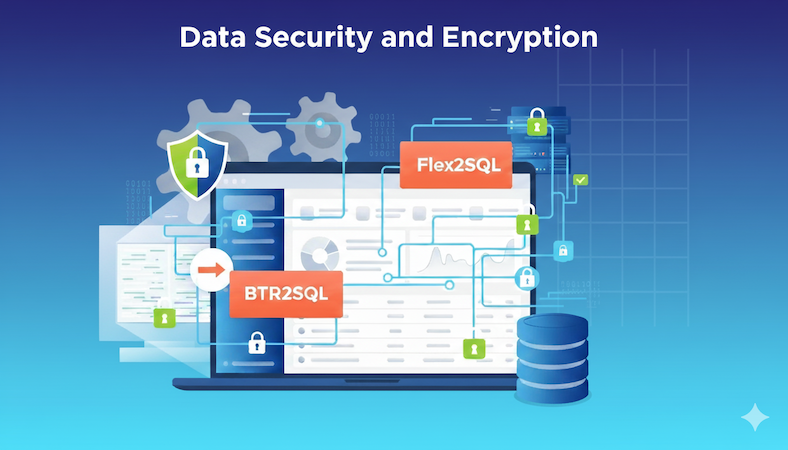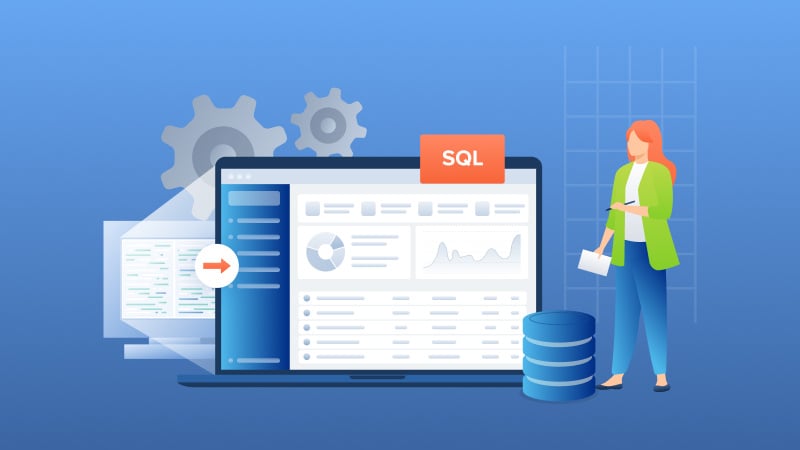Data Security with Flex2SQL and BTR2SQL Connectivity Products
The most common reason for Enterprises looking to migrate from legacy Btrieve or DataFlex databases is the urgent need to address security and...

As a writer, I’ve learned getting people to read your work is just as hard, if not harder, than actually creating something. The same is true for APIs. You can put as much time and care into creating an API as you want, but if you don’t promote it and create an easy avenue for developers to experiment with it, then you’ve wasted your time.
With the API economy only continuing to grow, you need to make sure any developer who finds your API falls in love with it. Ask yourself: Why will developers want to use your API over others that do the same thing?
Here, we’ll lay out five simple guidelines you can follow to ensure developers who find your API will not only fall in love with it, they’ll spread the word to their friends.
If a developer can’t understand your API, access it, and start experimenting within 5 to 10 minutes, then your API’s not simple enough to use. To make your API accessible, you need to:
But that’s just the bare minimum. Ideally, your API will also be easy to connect with, regardless of a developer’s skill set and knowledge level. Its processes and methods will be named clearly and correctly, so any developer who looks at the code understands what your API is doing and when. It will follow industry-standard RESTful design principles and return responses using JSON formatting (or, even better, return responses using whatever formatting the developer desires).
Of course, you can make your API as simple to use as possible, but developers will still need an instruction manual when first confronting your API. That’s where our second guideline comes in.
Clear, concise, correct. These are the three standards you should shoot for when documenting your API. Your documentation should provide enough context that developers can start using your API, but it should not present so much information that developers feel lost or overwhelmed.
The first piece of documentation developers need is an explanation of your API’s features. Lay out what your API does as well as what functions it accesses to do those things. Then, give an example of how the developer can use those functions, and the data your API returns, to do something wonderful.
After that, start providing more in-depth examples. Add additional task-based context and information slowly, just as developers need it. Provide sample code written in a variety of programming languages. Provide examples of how your API returns data in different formats. But make sure those samples and examples are focused and contribute to the overall story you’re telling with your documentation. If you skip ahead too far or spiral off on a tangent, you will lose your reader, and you’ll lose a user.
The last piece of documentation you need does not actually describe your API, but is still very important. Because no developer will want to use your API if they don’t understand what they stand to gain out of it.
If you were an outside developer, would you benefit from using your company’s API? If not, then you need to offer developers more, so they find using your API worthwhile.
The terms and conditions of using your API (including the price of access) should obviously be straightforward, but they should also be favorable to developers. Allow developers to easily monetize the applications they connect with your API. Don’t attempt to claim ownership of developers’ applications just because they use your API, don’t push out competing products, and most definitely do not stifle the connections developers create by mashing up your API with others.
Instead, support and promote developers who find unique uses for your API. Just like you, these developers are looking for users. The more users a developer attracts thanks to your API, the more likely that developer is going to keep using (and paying for) your API. You can create hackathons and other contests that not only promote your API, but also promote the developers who find novel uses for it. In addition to casting a spotlight on your customers, these sorts of promotions also foster a sense of community you’ll want to create anyway.
Fostering an engaged, energized developer community isn’t just about running contests or planning promotions. It’s about being responsive to developers’ feedback, providing quick troubleshooting assistance, and educating developers about changes or new features you add to your API.
The easiest, most basic way to receive and respond to feedback is through a developer forum. In your forum, developers can ask you questions and quickly find answers to problems that others have run into. But most importantly, a forum allows developers to interact with each other, network, and answer each others’ questions, organically creating a community around your API.
In the modern era, however, a simple developer forum tucked away on your own website’s likely not enough of an Internet presence. You’ll also want to establish accounts on social media, so developers can easily reach out for answers to simple questions and see your news in their newsfeed. A strong social media presence sends the message that you’re serious about supporting developers who work with your API.
This last guideline is the Golden Rule of API access and promotion: use your API internally so you understand exactly what its strengths and weaknesses are. Set an internal developer who knows nothing about your API loose, with only your website and your documentation to guide her. Use her feedback to iterate on your API and understand what issues outside developers are likely to run into. Show off your own internal innovations and run them past outside developers. They might be able to build on your success and create something neither of you would have been able to develop alone.
There’s no one more qualified to innovate with and stress-test your API than you. You should always be looking for ways to break, bend, or bolster your own API, to make sure it’s providing the most value to users. You don’t need to know everything about your API, but you should definitely be its most knowledgeable user.
If you follow these five guidelines, you’ll create an API that’s not only accessible but enticing to outside developers. Developers are notoriously hard to please, and they’re looking for any excuse to jump off of using your API. But if you provide easy access, create great documentation, promote and foster your developer community, and most importantly, test your API yourself, you’ll create an API that developers won’t be able to help but fall in love with.
Looking to get started with APIs? Thriftly can help!
Thriftly lets you write APIs in the language you know and
connect to them without worrying about protocols or network configuration.
Sign up for our free trial to learn more.

The most common reason for Enterprises looking to migrate from legacy Btrieve or DataFlex databases is the urgent need to address security and...

Introduction Many independent software vendors (ISV) and corporate users still rely on applications that use a category of database collective called...

COBOL applications are the foundation of numerous essential business functions, especially within the banking, insurance, and government sectors....